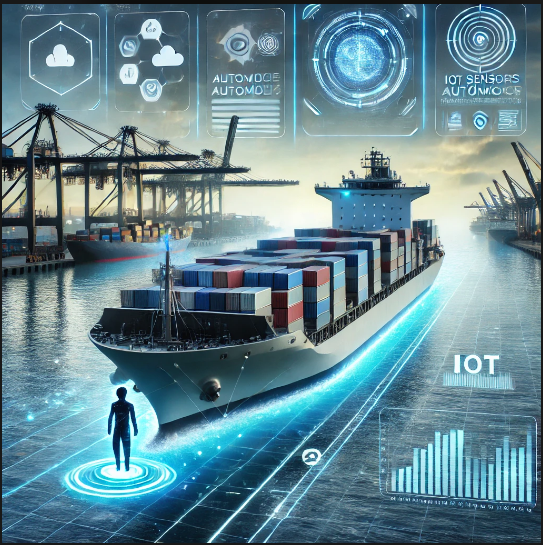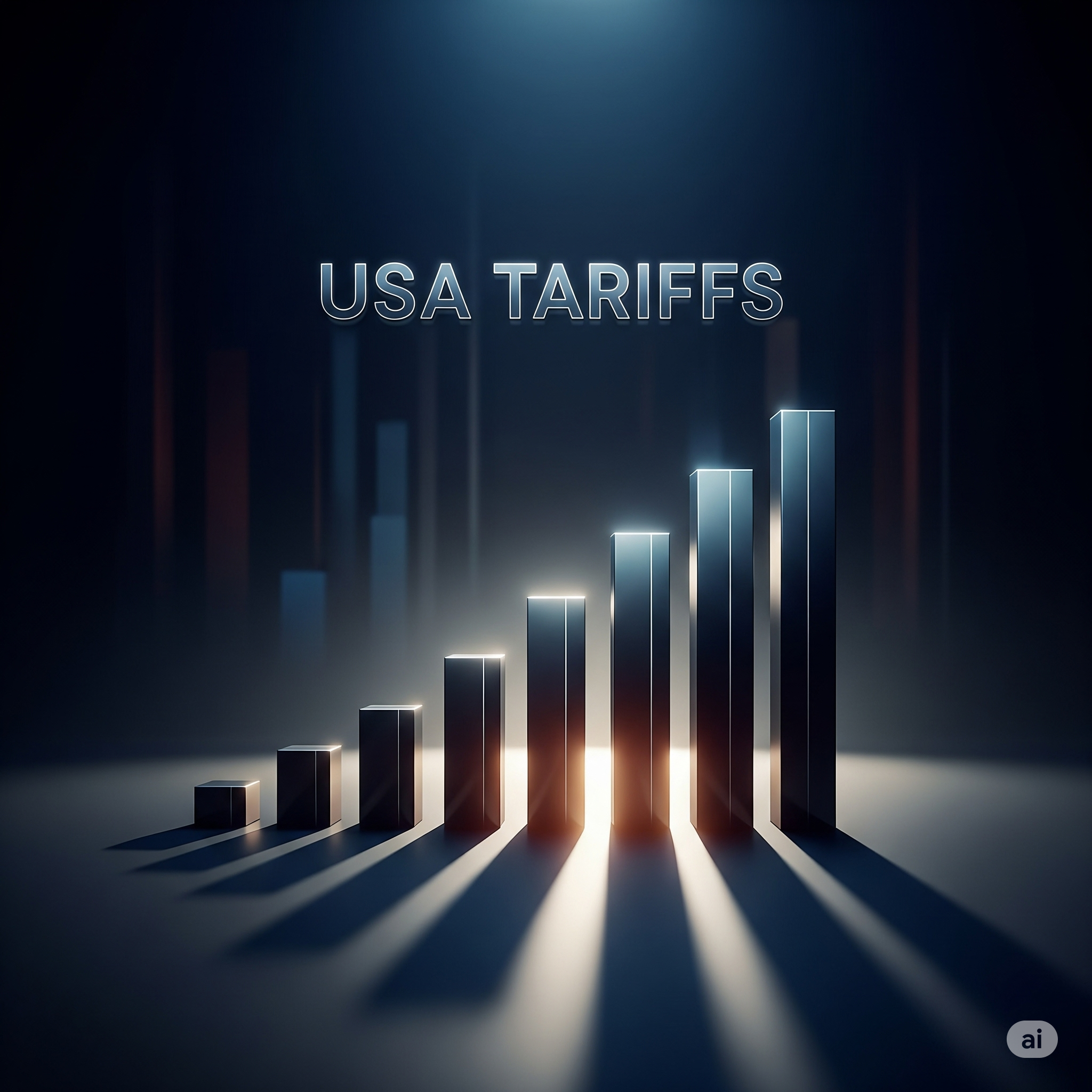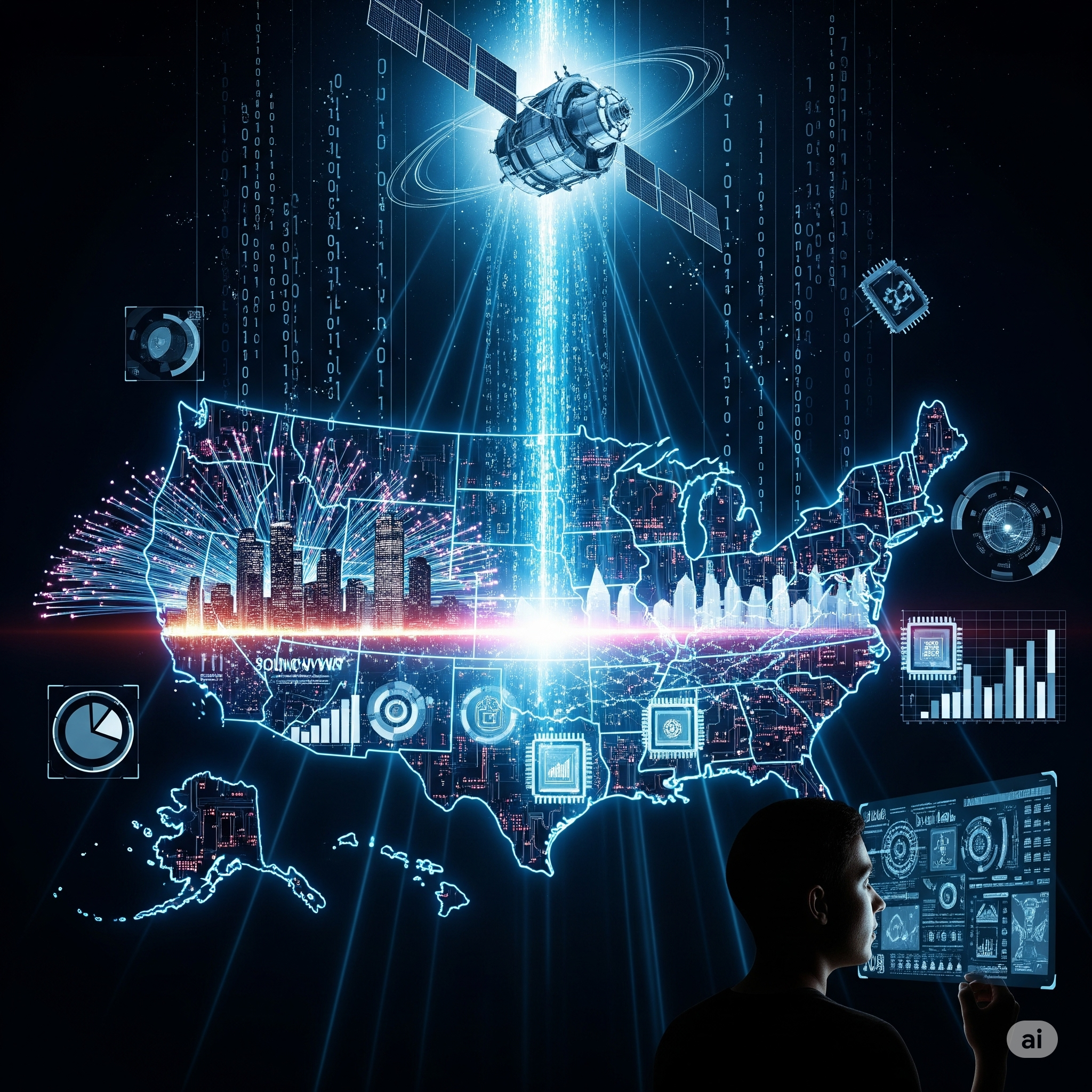Introduction
The maritime industry is undergoing a technological revolution driven by artificial intelligence (AI). AI-powered maritime automation is transforming traditional shipping operations by increasing efficiency, enhancing safety, and reducing operational costs. From autonomous ships to smart navigation systems, AI is reshaping the way goods and people move across oceans.
This article explores the concept of AI-powered maritime automation, its key applications, benefits, challenges, and the future of the industry.
Understanding AI-Powered Maritime Automation
AI-powered maritime automation refers to the use of artificial intelligence, machine learning (ML), and advanced algorithms to control, monitor, and optimize maritime operations. These systems integrate with sensors, GPS, radar, and other data sources to enable real-time decision-making, reducing human intervention and improving efficiency.
Key technologies enabling AI-powered maritime automation include:
- Machine Learning (ML) – Algorithms that improve performance based on data.
- Computer Vision – AI-powered image recognition for obstacle detection.
- Autonomous Navigation Systems – AI-driven autopilot systems for ships.
- Internet of Things (IoT) – Sensors collecting real-time maritime data.
- Big Data Analytics – AI processing vast amounts of shipping data.
- Edge Computing – Real-time AI processing on vessels.
Key Applications of AI in Maritime Automation
1. Autonomous Ships (Unmanned Vessels)
Autonomous ships, also known as unmanned surface vessels (USVs), use AI to navigate without human intervention. These vessels rely on sensors, GPS, radar, and AI-based decision-making to chart courses, avoid obstacles, and optimize fuel efficiency.
Examples of Autonomous Ships
- Yara Birkeland (Norway) – The world’s first fully electric and autonomous container ship.
- Mayflower Autonomous Ship – AI-driven research vessel designed for ocean exploration.
- NYK’s Autonomous Cargo Ship – Japan’s first AI-powered ship trial.
2. AI-Based Navigation and Route Optimization
AI analyzes real-time weather conditions, ocean currents, and vessel traffic to optimize shipping routes. This minimizes fuel consumption, reduces emissions, and ensures timely deliveries.
Key Features:
- AI adjusts routes to avoid storms and high-traffic areas.
- Fuel optimization based on sea conditions.
- Integration with global shipping databases for real-time decision-making.
3. Smart Cargo Handling and Logistics
AI improves cargo management by automating loading/unloading processes and tracking goods in real time. Smart ports use AI-powered cranes and automated guided vehicles (AGVs) to enhance efficiency.
AI in Smart Ports:
- AI-driven container stacking for space optimization.
- Robotic cranes reducing human error.
- Predictive analytics for cargo delays and maintenance.
4. AI-Powered Predictive Maintenance
Predictive maintenance uses AI to analyze data from sensors and detect potential machinery failures before they occur. This reduces downtime, increases efficiency, and prevents costly breakdowns.
Benefits of Predictive Maintenance:
- Real-time monitoring of engine performance.
- Early detection of mechanical issues.
- Reduced repair costs and increased vessel lifespan.
5. AI-Enhanced Maritime Security
AI strengthens maritime security by identifying threats, detecting piracy activities, and monitoring illegal fishing. Computer vision and machine learning analyze real-time video feeds from onboard cameras and satellite imagery.
Security Applications:
- AI-powered surveillance for early piracy warnings.
- Automated identification of unauthorized vessels.
- Cybersecurity protection for connected maritime systems.
6. Environmental Monitoring and Sustainability
AI helps reduce the maritime industry’s carbon footprint by monitoring emissions and optimizing fuel usage. Smart algorithms ensure compliance with international regulations like IMO 2020, which limits sulfur emissions.
Sustainability Applications:
- AI-powered emission control systems.
- Ocean pollution detection using satellite imagery.
- AI-driven ballast water management to prevent marine bio-invasion.
Benefits of AI-Powered Maritime Automation
1. Increased Efficiency and Cost Reduction
- AI-powered systems optimize fuel consumption and reduce operational costs.
- Automated cargo handling minimizes labor costs and human errors.
- Faster and safer navigation reduces shipping delays.
2. Enhanced Safety and Risk Management
- AI-driven predictive analytics prevent mechanical failures and accidents.
- Autonomous navigation reduces human errors, the leading cause of maritime accidents.
- AI surveillance enhances threat detection and emergency response.
3. Environmental Sustainability
- AI optimizes fuel efficiency, lowering greenhouse gas emissions.
- AI-driven waste management systems reduce marine pollution.
- Real-time monitoring ensures compliance with environmental regulations.
4. Reduced Dependency on Human Crew
- Autonomous ships reduce crew requirements, cutting labor costs.
- AI-assisted decision-making supports human operators in complex maritime operations.
5. Improved Port and Cargo Management
- AI automates port operations, reducing waiting times.
- Smart tracking of cargo enhances supply chain visibility.
Challenges and Limitations of AI in Maritime Automation
1. High Implementation Costs
- Developing AI-powered vessels and smart ports requires significant investment.
- Upgrading existing ships with AI technology is expensive.
2. Cybersecurity Risks
- AI-powered systems are vulnerable to cyberattacks, posing a threat to maritime security.
- Hackers could manipulate AI-based navigation and operational data.
3. Regulatory and Legal Barriers
- International laws do not yet fully support autonomous ships.
- Liability issues in case of accidents involving AI-powered vessels.
4. Ethical and Employment Concerns
- Automation could lead to job losses in the maritime industry.
- Ethical concerns regarding AI decision-making in emergency situations.
5. Technical Limitations
- AI-based systems require continuous learning and updates.
- AI may struggle in extreme weather conditions or complex maritime environments.
The Future of AI-Powered Maritime Automation
1. Development of Fully Autonomous Ships
- By 2030, fully autonomous cargo ships are expected to be operational.
- Advances in AI, edge computing, and IoT will make unmanned ships mainstream.
2. AI and Blockchain Integration
- AI combined with blockchain will enhance transparency in the shipping industry.
- Blockchain will provide secure, tamper-proof records of cargo and transactions.
3. AI in Maritime Search and Rescue (SAR)
- AI-powered drones will improve rescue operations in emergency situations.
- Smart AI algorithms will predict and track distress signals faster.
4. Green AI-Powered Shipping
- AI will play a key role in developing hydrogen-powered and electric ships.
- AI-driven carbon capture systems will reduce emissions from vessels.
5. AI-Enabled Smart Ocean Networks
- AI will integrate with satellite networks to create smart ocean monitoring systems.
- Real-time data sharing will optimize global maritime traffic.
Conclusion
AI-powered maritime automation is revolutionizing the shipping industry by improving efficiency, safety, and sustainability. From autonomous vessels to smart ports, AI-driven technologies are reshaping the future of maritime transportation. However, challenges such as cybersecurity threats, regulatory issues, and high costs must be addressed to ensure a smooth transition toward AI-powered maritime operations.
As AI continues to evolve, the maritime industry will see significant advancements, making global shipping faster, safer, and more environmentally friendly. AI-powered automation is not just the future of maritime transport—it is the present, actively transforming the industry as we know it.




